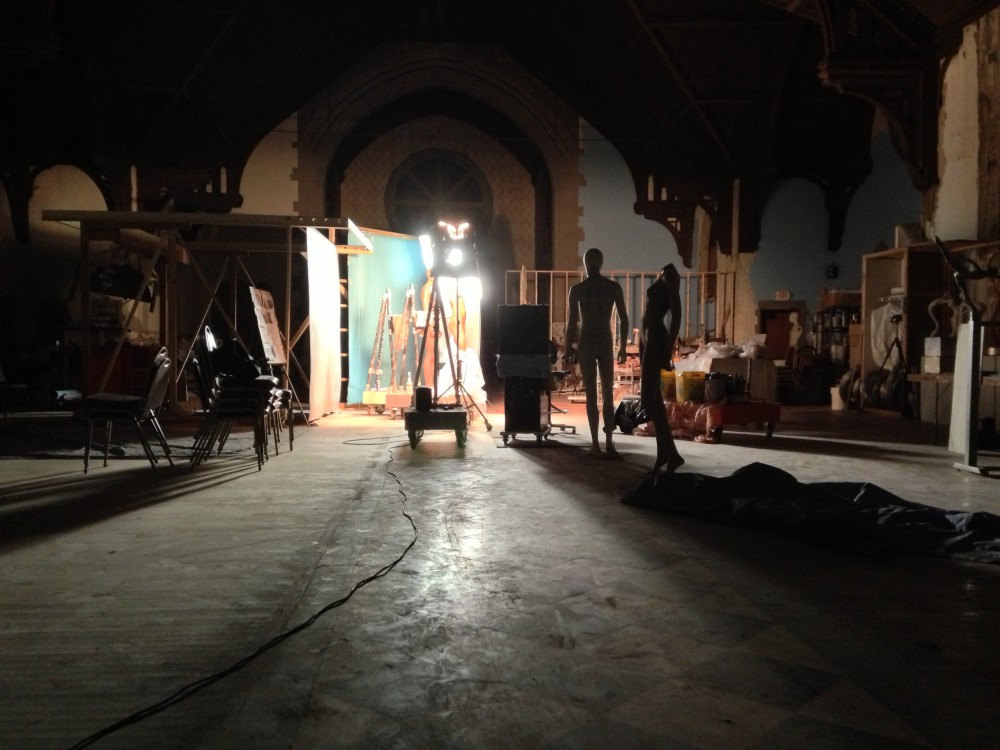The great American story is one of free wills and free markets. We believe that the physical world we live in is the result of individual choices made by free people.
In the case of cities this has led many to believe, perhaps falsely, that what Americans really want is dispersed communities where people use cars to get to virtually all of their destinations. Transit, if an option at all, is left for the poor or those choosing to use it solely to get to and from work.
A Country of Cities: A Manifesto for an Urban America from Architectural League of New York on Vimeo.
What makes this narrative odd, however, is that America is quite unique in this position. Virtually every other country on Earth, both developed and not, organizes its communities differently. In fact, even the America we know did things quite differently up until the mid-19th century.
Vishaan Chakrabarti (@VishaanNYC), a professional architect and Columbia University professor, believes that dense cities with lots of transit options are the recipe for success.
Chakrabarti has written extensively about this subject matter, and recently published a book on the topic entitled A Country of Cities: A Manifesto for an Urban America. In it, he also outlines how infrastructure is approached too narrowly and should instead look at opportunities that include public health, safety, education and amenities. He calls this “infrastructure of opportunity.”
He discusses how government policy has specifically influenced the low-density, sprawl that often defines contemporary Americana. Chakrabarti goes on to detail how these policies have been a failure and outlines which strategies should be pursued in order to right the proverbial ship.
“The suburbs are largely a creation of “big government,” an explicitly, policy-driven, subsidized scheme that has guided how we live, work, and play,” Chakrabarti explains. “One of the fundamental premises of the book is not whether people should live in the suburbs or not; I believe in free choice. The question is whether they should be paid to do it.”
The self-proclaimed urbanist gave a lecture, hosted by the Architectural League of New York, on this matter back in June. The 15-minute video of this lecture provides a high-level synopsis of what is discussed in his book and other works.


